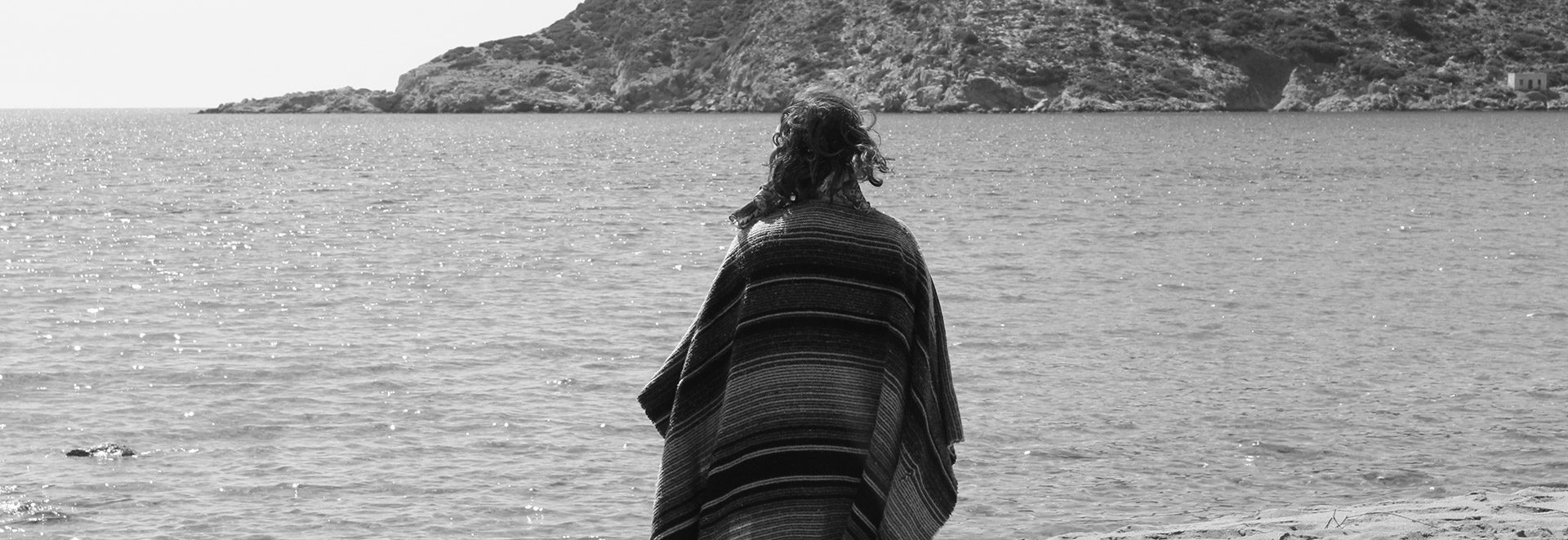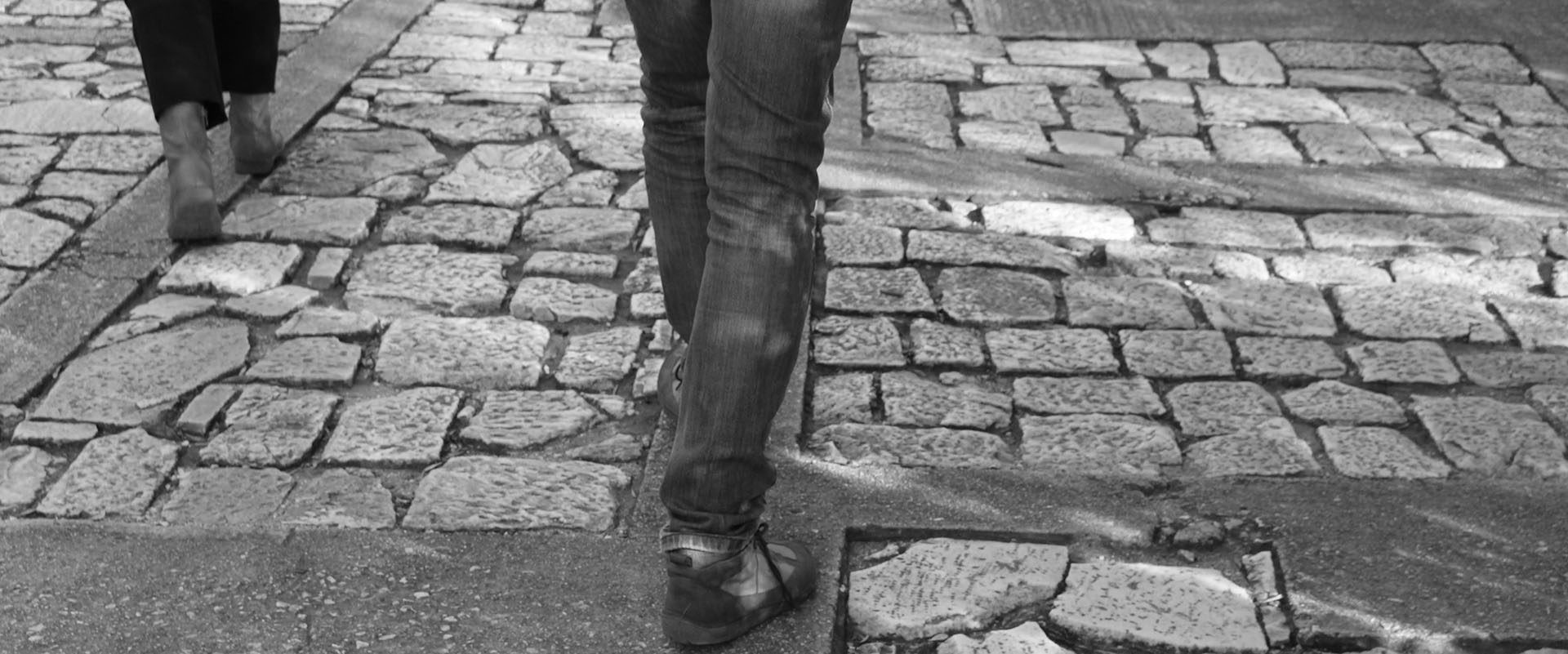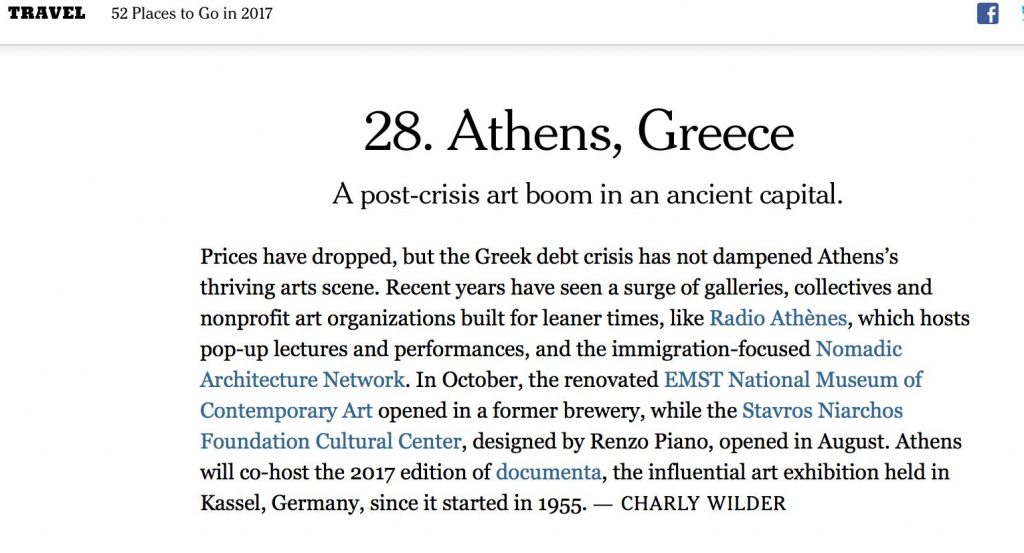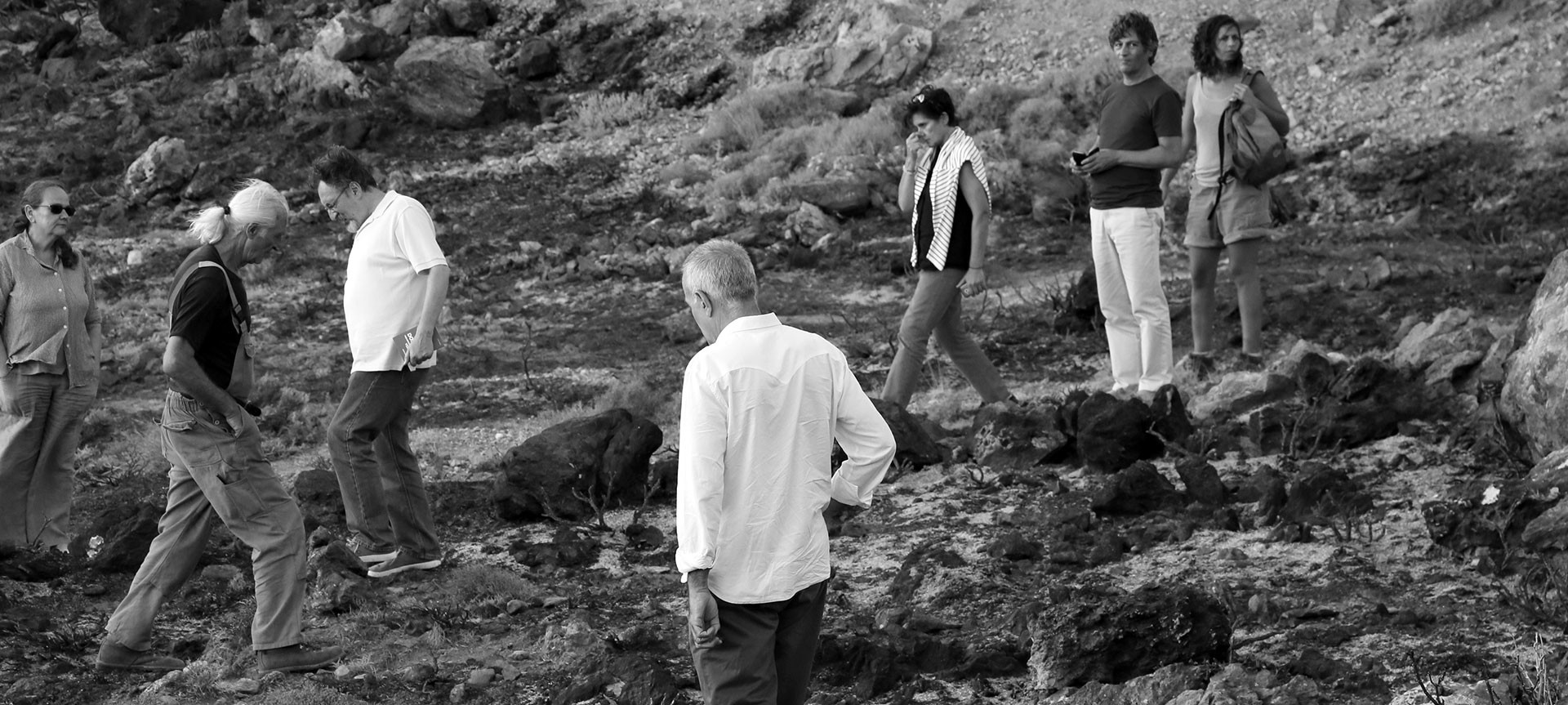Wednesday, October 17 at 18:00
Athens School of Architecture, Averof wing, amphitheatre A002
We invite you to the presentation-event of the bilingual edition Nomadic Architecture. Walking through Fragile Landscapes (futura, 2018) that will take place on Wednesday, October 17, at 6pm, in the Averof wing of the Athens School of Architecture (amphitheatre A002).
During the discussion, the following will speak: Gigi Argyropoulou (PhD in Theory of Art, director, curator), Daphne Vitali (art historian, curator EMST), Katerina Nasioka (sociologist), Nikos Kazeros (architect), Eleni Tzirtzilaki (PhD in architecture, community artist). The discussion will be coordinated by Pegi Zali (architect).
The launch will be accompanied by the video made for the event-performance “Exile Europa” (Christina Thomopoulou, Dimitris Samir, Eleni Tzirtzilaki, Stefanos Chandelis), the sound material of the “Home as a Fabric” (Maria Mantzari, Eleni Tzirtzilaki), and material from the “Nomadic/Topos/Athina” (Maro Zaxarogianni). Anna Tsouloufi, Eleni Vafiadi Fani Sofologi and Angelos Skourtis will participate.
The book Nomadic Architecture. Walking through Fragile Landscapes is an archive of the actions of the Nomadic Architecture network, from 2006 up to today, through photographic material, texts and maps. The documentation material is interrupted by texts that aim at tracing the methodology and the practices of Nomadic Architecture: “A Change Made by Walking. Walking as an Artistic and Political Tool” by Daphne Vitali, “A Small Mountain of Soil” by Sophia Vyzoviti, “From Five Fingers to Nomadic Architecture Network” by Pagona Zali, “Notes on the Nomadic Architecture Actions” by Nina Pappa, “To Walk under the Trees” by Angelos Skourtis, “Walking on Shifting Grounds. Nomadism, Migration and Commons in Nomadic Architecture’s Actions” by Sevie Tsampalla, “Flesh, Stone and Contemporary Artistic Parctices” by Eva Fotiadi, the introductory text by Eleni Tzirtzilaki “Encounterings of Bodies. Like Fireflies That Survive”, as well as a discussion among Eleni Tzirtzilaki, Jilly Traganou, and Nikos Kazeros under the title “Life Jackets”.
The choice of the Athens School of Architecture for the book launch marks our wish to point to the fact that Architecture may be expressed variously and that it has to be present in all the events taking place in the city, dynamically and collectively, giving its support against the vulnerability that emerges in it. The actions of the Nomadic Architecture are being realized crossing this public space and urban voids and connect each body with the city soil-urban soil and other bodies. They lurk between architecture and art, appropriating elements of urban geography, anthropology, social sciences. Its practices include silent walking, the participation in squats of empty spaces in the city, testimonies and the connection of past situations with the present, they also regard the preparation of food, the creation of a garden or playing with the communities of people who inhabit a certain area, immigrants, women, children, as well as encounterings for the investigation of the crucial notion of home, as, e.g., in “Home as a Fabric”.
During this process, the significance of the participation of the bodies is very important: the actions are like flashes of light, flares in the dark, and the spirit companionship created each and every time is unique. These actions wish to constitute a promise of solidarity and reconciliation within social limitations, exclusions, precariousness and the conditions of social cannibalism that emerge.
With the publication of this book an era is coming to its end and a new one begins. Athens is changing – fear and violence being installed and the society gradually giving in to fascism. All we can do is to answer in our proper way, exploring new artistic practices. The encounterings of bodies in the city –the commons– acquire a particular significance.






